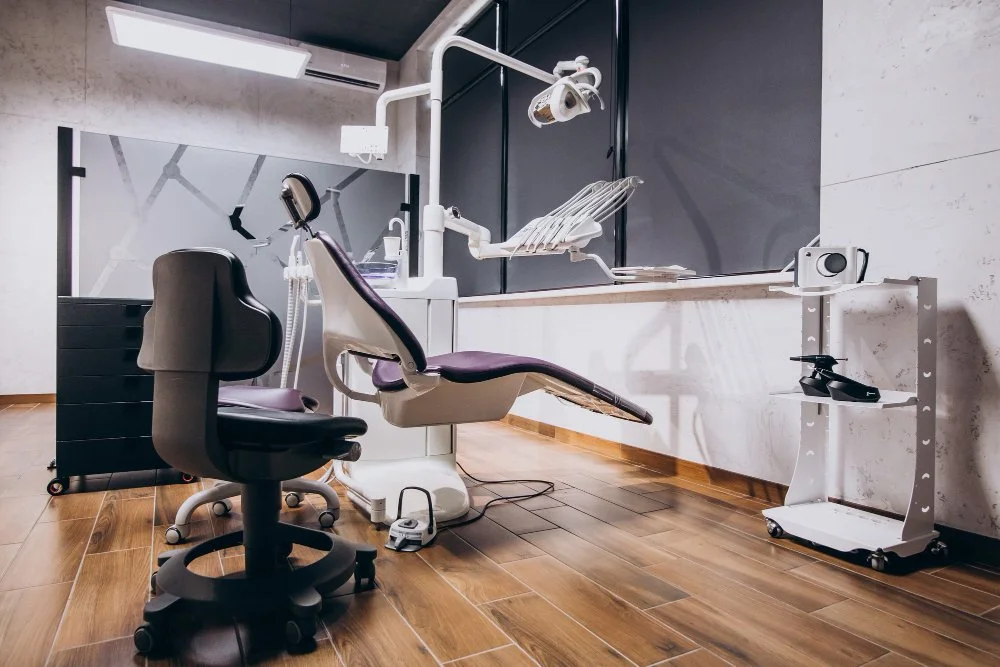Signs Your Child's Tooth Is Perfect for Stem Cell Banking
Dental stem cell storage is becoming an interesting option for many families looking to safeguard future health possibilities. This forward-thinking approach allows the preservation of stem cells from a child's teeth, which may someday help in developing regenerative therapies and treatments. Just like seeds planted today can yield a fruitful garden tomorrow, these stored cells hold the promise of advancing health care options years down the line.
Deciding when to start this process is vital to securing the best quality cells. Timing is key because stem cells in teeth must be healthy and viable when extracted. Recognizing the perfect moment to collect these cells ensures their effectiveness for future medical use. Supporting families in understanding and managing this process is crucial to maximizing potential benefits.
Signs Your Child's Tooth Is Ready for Stem Cell Banking
Choosing the right time for extraction can sometimes seem puzzling, but a few natural signals can guide you. Here are some tell-tale signs that a child's tooth might be ready:
- Loosening of the Tooth: When a tooth starts to wiggle, it's an indication that it's getting closer to falling out naturally. This is the perfect time to think about banking the stem cells, as the cells are still healthy and intact in the dental pulp.
- New Tooth Growth: Check for a new tooth emerging behind or next to the baby tooth. This natural process helps push out the old tooth, signaling that the timing for extraction is ideal. It's a little nudge from nature to pay attention and act soon.
- Healthy Tooth: It's important to ensure the tooth is still in good condition, free from cavities or damage. A well-preserved tooth will have the most viable stem cells, which can make a difference in the quality of treatment possibilities later on.
- Loss of Pain: As a tooth loosens further, any initial discomfort the child felt may begin to subside. This pain reduction indicates the tooth's roots are dissolving, suggesting it's almost time to fall out. Keeping an eye on these changes can help you act at the right moment.
By looking for these signals, parents can decide when to proceed with storing their child's stem cells. This advance step is a thoughtful action toward embracing future health advances. Although these are general guidelines, consulting with dental professionals can also improve decision-making during this process. They can offer advice tailored to a child's unique dental development, ensuring the most beneficial outcome.
Benefits of Timely Dental Stem Cell Storage
Preserving dental stem cells when the timing is just right opens up a world of future health possibilities. Stored stem cells can be a great resource for potential medical treatments and regenerative therapies. These cells are like a safety net, holding promise for addressing conditions that might not have clear solutions today. By banking them early, parents can ensure that these cells are in the best possible condition, ready to help if needed.
Timing impacts the quality of the stem cells greatly. Collecting them while the tooth is healthy improves their viability, leading to higher chances of successful use in future medical procedures. This early action means parents are ready to tackle future health challenges head-on. As treatment options advance, having a personal reserve of stem cells could mean accessing faster and potentially more effective therapies. It's like having a hidden ace up your sleeve for your child's long-term health.
Steps to Take When a Tooth is Ready
Once you've identified the signs and decided it's time, it's important to know what steps to follow:
1. Consult a Dentist: Reach out to a dental professional who can assess the tooth's readiness. They can provide guidance and ensure that all is well before moving forward with the extraction. This helps avoid any hiccups during the process.
2. Prepare for Extraction: Make this step as gentle and stress-free as possible for your child. Talk to them about what's happening in simple terms. Maybe share a small story or an example of how children in their favorite show or book lose teeth. This relatable approach can ease nervousness and build excitement.
3. Contacting ToothBank: Once the tooth is out, getting in touch with a service for processing and storage is a key next step. These services ensure that stem cells are well-preserved for whenever their potential use arises. It's the final link in setting up that safety net for your child's future health.
Make Stem Cell Banking a Part of Your Family’s Health Plan
Being proactive now could make a big difference later. Including dental stem cell storage in your family’s health plan lays the groundwork for an added layer of preparedness. As medical technologies grow and evolve, having those valuable cells safely stored might mean the difference between a standard treatment and a more tailored or advanced approach.
By choosing this proactive approach, you’re not just thinking of now but also setting up options for tomorrow. It’s about giving your child every opportunity for a healthier life down the line. While this is a big step, it’s comforting to know you’re doing something meaningful to support their future well-being.
Planning for your family's future starts with taking smart, proactive steps today. By considering dental stem cell storage as part of your health plan, you can give your child the potential advantage of advanced medical options down the road. With ToothBank, you're not just investing in storage—you're investing in peace of mind knowing you're preparing for whatever comes next.
More articles
Learn About The Types Of Stem Cells | Read more
How Body's Own Stem Cells Can Help In Tooth Regeneration | Read more
All About Young Adult Stem Cells | Read more





